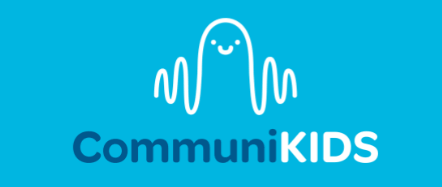Developing Speech Sounds
A common cause for children to come into speech therapy is articulation of speech sounds. Speech sounds are the individual sounds that make up speech. In the word ‘cat’, there are 3 sounds: /c/ /a/ /t/. Being able to hear and understand the difference between sounds, co-ordinate the muscles in and around the mouth, and transition quickly and accurately between sounds can be challenging for some children.
Maybe your child is saying ‘fin’ instead of ‘thin’, or ‘butterfly’ becomes ‘buttfly’. When does a cute speech quirk become a speech delay? Recently, studies were released suggesting children should be easily understood 50% of the time at 4 years, 75% by 5 years, and 90% a little past 7 years. That means if you’re standing there scratching your head half of the time when your 4 year-old opens their mouth, it might not be time to panic yet.
Aside from ease of understanding, there are also some guidelines for what sounds children should have developed by which age. Caroline Bowen (2011) suggests children should have the following sounds developed:
3 years old: h, y, w, ng, m, n, p, k, t, b, g, d
3 years 6 months: f
4 years: l, sh, ch
4 years 6 months: s, z, j
5 years: r
6 years: v
8 years: th
There are other factors that influence whether a child should receive therapy earlier than the above ages, such as the types of errors they make. If you are concerned about your child’s articulation skills, an assessment from a speech pathologist will be able to guide you as to whether speech therapy is necessary as well as providing you with strategies to encourage speech sound development.
References
Bowen, C. (2011). Table 4: Phonetic Development. Retrieved from http://www.speech-language-therapy.com/ on 15th February 2022.
